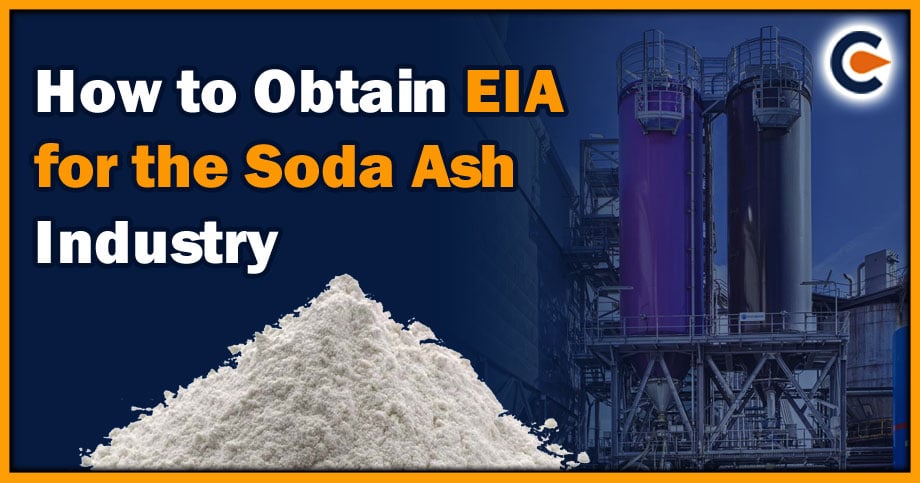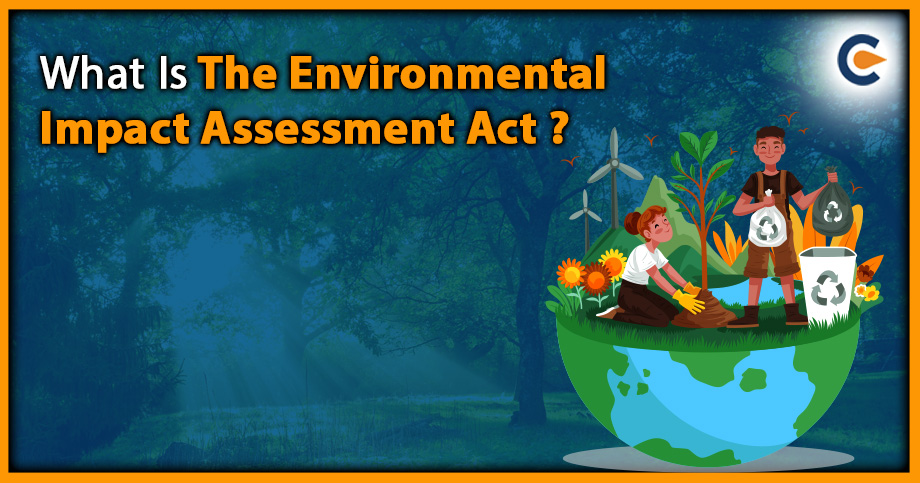Soda Ash (commercial name Sodium Carbonate) forms an important part of the Indian inorganic chemical industry. It is a high-volume, low-value product and finds application mainly in the production of detergents (42% light soda ash), glass (23% dense soda ash), chemicals (17% mainly light soda ash), sodium silicate, pulp & paper and water treatment. The demand for Soda ash in India grew at a CAGR of 5.54% during 2013- 2019, and it is anticipated to achieve a healthy CAGR growth in 2021- 2030. The increase in the use of soda ash in dyes, cooling agents, synthetic detergents and fertiliser is anticipated to increase the demand for soda ash in India and simultaneously increase environmental pollution. So getting an EIA (Environmental Impact Assessment) for the soda ash industry will considerably impact environmental pollution.
Applications of the Soda Ash Industry
Soda ash is a chemical commodity used as raw material in several branches of industries. Some of them are
- In the glass industry, soda ash is used to manufacture flat and container glass, acting as a network modifier or fluxing agent.
- In the detergent industry, soda ash is an essential raw material to produce many domestic products such as soaps, soaking and washing powders.
- In the steel industry, soda ash is used as a flux, a desulfurise, dephosphoriser
- In the non-ferrous metallurgy industry for treatment of uranium ores, recycling of zinc and aluminium etc.
- In the chemical industry, Soda ash is used in many chemical reactions to produce organic and inorganic compounds.
- Used in the production of various chemical fertilisers
- Used in the manufacturing of synthetic detergents
- Used as raw material in the organic and inorganic colouring industry.
- Sodium percarbonate is used as a bleaching agent for various fabrics
- Sodium phosphates are used as food additives.
The Environmental Impact of the Soda Ash Industry
- Gaseous Emission
The soda ash industry emits some gaseous emissions while making soda ash. Some of them are
- Carbon dioxide and carbon monoxide emission
- Nitrogen oxides (Nox)
- Sulphur oxides
- Ammonia
- Hydrogen sulphate
- Particulate dust
- Liquid Effluents
The liquid effluents from the soda ash process are
- Wastewater from distillation (after treatment)
- Wastewater from brine purification
- Cooling water from lime kiln gas washers
- Solid Wastes
The typical solid waste produced by soda ash industries are
- Fines of raw limestone from the screening process
- Gifts from slacker containing inert material
The EIA for the soda ash industry assesses all the above-mentioned environmental pollution and checks for the necessary measures undertaken by the industry before giving the EIA report.
The Process Involved In the Assessment of EIA for the Soda Ash Industry
The EIA process comprises six key steps:
Screening
The first step in the process is screening. It helps to decide whether an EIA is required for a project. Thus the screening system is proven to be an effective tool for preventing wasting time and money on assessing projects with insignificant environmental impacts.
Scoping
This step begins after screening has decided on the requirement for an EIA for the soda ash industry. Scoping is considered the backbone of the EIA process and is ideally undertaken at the project planning stage. The main objective of the scoping process is to establish the environmental and social priorities, set the study’s boundaries, and define the Terms of Reference (ToR) for the impact assessment. Systematic and well-planned scoping forms the basis for an effective and efficient EIA process.
Baseline Data Generation
Baseline data provides a detailed description of the current status of various environmental and social components in the study area. Both primary and secondary data are collected to describe this status.
Impact Assessment
In this step, the characteristics of potential impacts are identified, evaluated and predicted using the baseline information and the project’s features (cause-effect relationship).
Mitigation of Impacts
At this stage, the possible preventive, remedial and compensatory measures for each adverse Impact are determined and recommended. The application of mitigation hierarchy (avoidance, minimisation, mitigation, compensation/ offset) is adopted.
Environmental Management Plan
An environment management plan (EMP), an impact management plan, is prepared as part of the EIA reporting process. It translates recommended mitigation and monitoring measures into specific actions that have to be carried out by the soda ash industry. Depending upon specific requirements, the plan may be included in the EIA for soda ash industry report or can be prepared as a separate document.
Steps Involved In Analysing the EIA for the Soda Ash Industry
All new soda ash industrial projects, including expansion and modernisation, require prior environmental clearance. All these projects are classified into Category A projects based on pollution potential.
The following are the steps involved in processing category A projects
- Submission of application by the soda ash industry, including pre-feasibility report and form 1.
- Scoping and communication of points of coverage for EIA
- Submission of draft EIA for public consultation
- Conducting public hearings by SPCB or PCC
- Submission of proceeding of public opinion by SPCB
- Submission of final EIA by the proponent after improving EIA
- Appraisal by EAC
- Decision of MoEF[1]
The General Rule of EIA for the Soda Ash Industry
The soda ash industry must also consider the following factors while selecting the site.
- No forest land shall be converted into non-forest activity to establish the soda ash industry.
- No prime agricultural land shall be converted into a soda ash industrial site.
- The land acquired shall be sufficiently large to provide space for appropriate green cover.
- Enough space should be provided for storing recyclable solid and liquid wastes so that these wastes could be available for possible reuse.
Documents Required For EIA Filing
- Detailed Project Description
- Project-related details
- Site or Layout Plan
- Proof of installed machinery
- Proof of Land Ownership/ Lease document, if any
- ID proof of Signatory
- Quality test Report
- Proof of mitigation options adopted
- Proof of Electricity bill
- Proof of water connection
Conclusion
In India, the soda ash market is surging due to the demand from the soap and detergent industry. Apart from this, a considerable increase in glass production due to the rising demand in the construction and renovation industries also increased the demand for soda ash production. When soda ash production increases, a related environmental issue also increases. Hence a guideline and monitoring tool is required to act as a checkpoint. The EIA for the soda ash industry performs as the one.
Also Read:
How To Obtain EIA For Sugar Industries: An Overview
How To Obtain EIA For Chemical Fertiliser Industry
Importance Of Environmental Impact Assessment (EIA) In India











